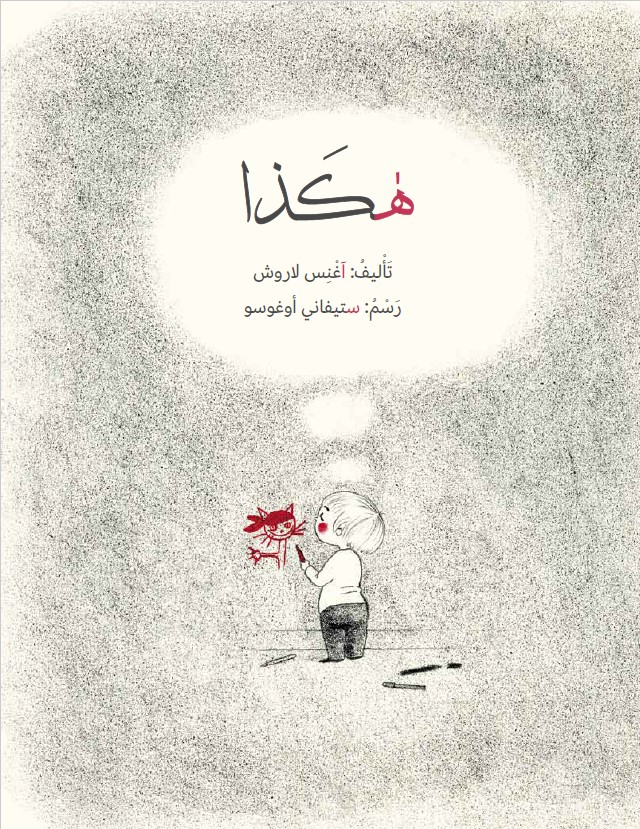
Our story is rather mischievous, with a double message for the child and the parents alike; As we often ask questions that are intend for reprimanding several behaviours of our children. We may know the reasons for such behaviours, such as playing, curiosity, and not complying with boundaries. In many cases, the children themselves may not know the reason for their behaviour, and they need our mediation, as parents, to help them understand the reason for their behaviour. In our story, Nadim, after getting tired of the repeated questions, was forced to search for a mechanism to deal with it, so he decided to use the word “because” to end the discussion, as a word that led to a kind of challenge (and even rebellion)! The parents tried to do the same despite their dissatisfaction with Nadim’s behaviour, but they created a space for dialogue with him at the end of the story, and they understood that doing the same is not the best way to deal with their child but opening the way for dialogue is the best way which is also what the child realized that as well.
Our children need us to speak to them in short, direct phrases that include a clear, and firm message that states what we want from them without scolding them, such as: “Please don’t throw water in the bathroom!”; “Please do not jump on the sofa!”; This sentence formation brings better results, and it is one of the effective communication mechanisms with our children. In addition, we need to listen and conduct a dialogue with our children to understand in depth the reason for their behaviours and actions. Most importantly, we don’t leave our child, and we don’t close the “emotional” door in his face, we don’t leave our child alone, instead, we play our role as important adults in our child’s life listening and finding solutions together, and we become supportive mediators.



